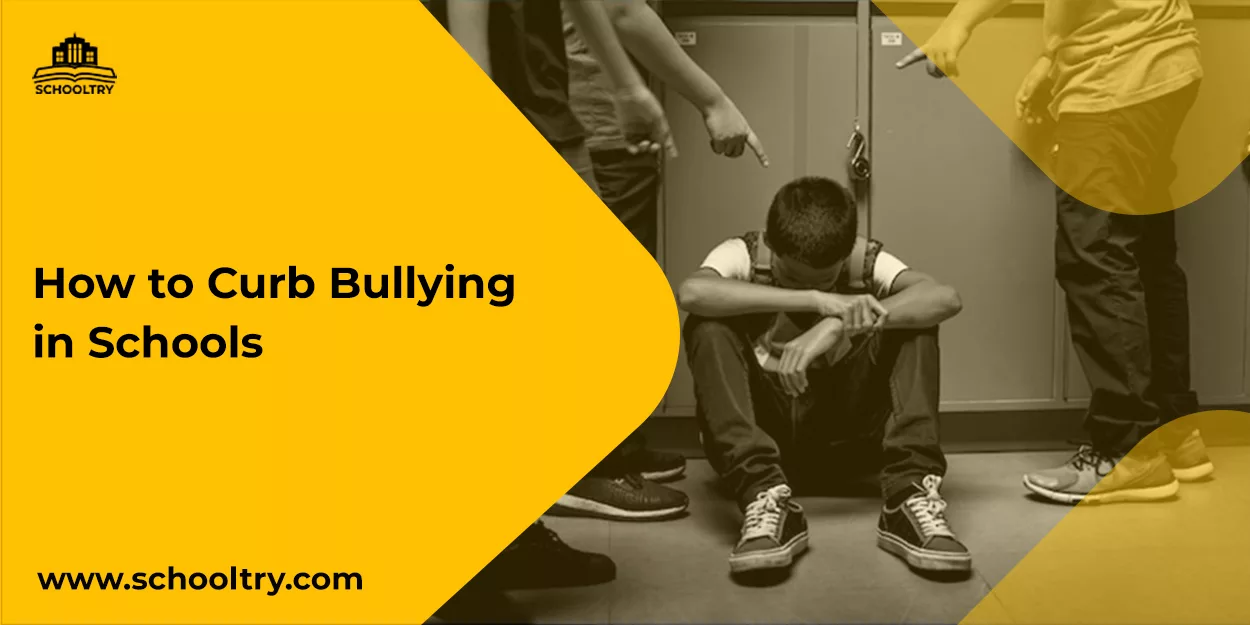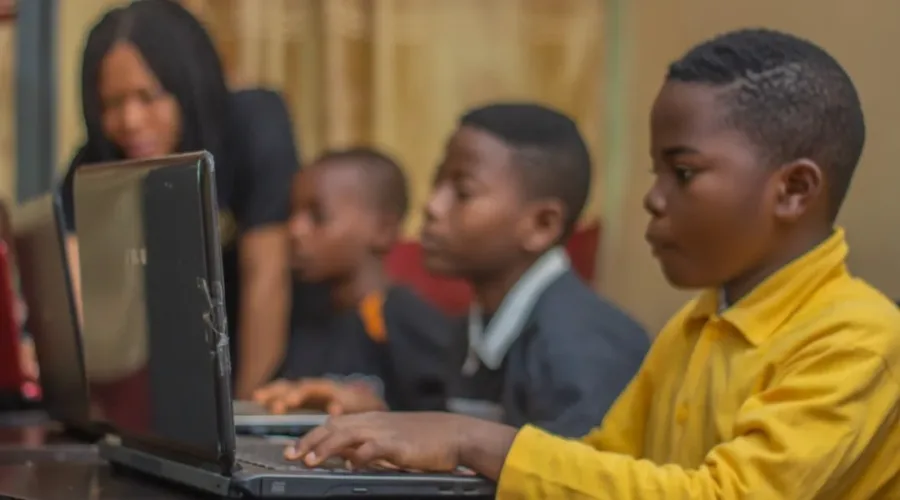Bullying has become a major concern especially in schools and other places of work and learning.How to Curb Bullying in Schools is what you will learn in the article you are about to read.
But before we dive in, let’s understand some basic concepts;

What is Bullying?
Bullying is a pattern of unsafe behavior that is usually intentional. It also involves an imbalance of power or strength. It typically includes actions or words that are meant to harm, intimidate, or control another person. Bullying can manifest in various forms, such as physical, verbal, social, or cyberbullying. It often occurs repeatedly over time, creating a hostile and distressing environment for the victim. Common examples of bullying include name-calling, teasing, spreading rumors, physical aggression, exclusion, and online harassment. It’s important to address bullying to protect the well-being and mental health of individuals.
Bullying is also when people intentionally use words or actions against someone or a group of people to cause distress. These actions are usually by people who have more influence or power over someone else. It can also be someone who want to make you feel less powerful or helpless.
Bullying is not the same as conflict between people or disliking someone. People even might bully each other because of conflict or dislike.
The sort of repeated behaviour that can be a form of bullying includes:
- Keeping someone out of a group (online or offline)
- Acting in an unpleasant way near or towards someone
- Giving nasty looks, making rude gestures, calling names, being rude and impolite, and constantly negative teasing.
- Spreading rumours or lies, or misrepresenting someone (i.e. using their Facebook account to post messages as if it were them)
- Mocking about that can sometimes go too far
- Harassing someone based on their race, sex, religion, gender or a disability
- Intentionally and repeatedly hurting someone physically
- Intentionally stalking someone
- Taking advantage of any power over someone else like a Prefect or a Student Representative.
Bullying can happen anywhere. It can be in schools, at home, at work, in online social spaces, via text messaging or via email. It can be physical, verbal, emotional, and it also includes messages, public statements and behaviour online intended to cause distress or harm (also known as cyberbullying). But no matter what form bullying takes, the results can be the same: severe distress and pain for the person.
Who is a Bully?
A bully is an individual who harasses, abuses, intimidates people. It is especially those with less power they have or those weaker or vulnerable in some way. The word often implies that such behavior is habitual.
Bully can also be a verb meaning to treat people in this way (to act as a bully toward them), as in The man who was a bully to his classmates in school is now teaching children how not to bully others. Someone who is treated in this way is said to be bullied. The act of treating people in this way is called bullying.
How to Curb Bullying in Schools?
01. Separation
Separation is a very effective way of curbing bullying in schools. It is important to keep the bully away from the person they are bullying. If you’re helping a peer who is experiencing bullying go with them to a safe space away from the bully. If you’re an adult trying to stop a bullying situation, do not force the two parties to be in the same room together or to shake hands and make up. Put them in separate rooms and talk with each one individually. At the end, you then look for a safe space to iron things out amicably.
02. Support
Support plays a critical role in curbing bullying by addressing the needs and concerns of both victims and potential bullies. Another important way to get support is to ask for help. Students that are being bullied must learn to always speak up to avoid the situation from getting worse. The help and support that students gets can drastically reduce the effects of bullying on them. It will also help to reduce and curb bullying in schools.
03. Communication
Open Communication should be among students and even teachers so as to avoid misunderstanding. You can prevent Bullying easily through open communication and having honest conversations with the students or people. Another effective approach is for you to spread the word that bullying must stop. Communicate this with your peers and the people around you especially if you are in a school or an environment where bullying is very prevalent.
Conclusion
Are you in need of a web software solution that doesn’t only connect students and teachers but also connect parents and other stakeholders?SchoolTry makes it possible for teachers and students to connect without any hassle.
SchoolTry, a web platform that helps to Automate, Digitize and Transform Your School work. If you are a school owner who needs a web solution to make your school work better and more efficient. You can simply request for a free demo to understand how it works or click here to sign up for free. No credit card required.




